伊藤 隆康/Ito Takayasu
伊藤隆康(1934~1985)は、兵庫県明石市出身の造形作家です。
東京芸術大学美術学部油画科に在籍していた伊藤は、同期の高松次郎(1936~1998)や工藤哲巳(1935~1990)、中西夏之(1935~2016)らとともに、日本を代表する洋画家の小磯良平(1903~1988)のもとで学びました。1958年に同大学を卒業すると、東横百貨店宣伝部に入社し、ディスプレイ・デザインを担当します。仕事の傍らに行っていた創作活動では、当初から石膏などを用いた造形作品を手がけており、1959年に開催された第3回シェル美術賞展(現・Idemitsu Art Award)では第一席を受賞し、華々しいデビューを飾りました。このとき出品したのは、石膏のなかに荒縄や木の枝を埋めこみ、その表面をアンフォルメル風に成形した平面作品でした。
1960年には第2回パリ青年ビエンナーレ展に出品し、また同年にいとう画廊で開催した個展では、プラスチックの製氷皿で作った半球体の石膏で画面全体を埋めつくす、白一色の作品を発表しました。これが代表作「無限空間」シリーズの始まりであり、1963年にはプラスチックのじょうごを、翌年には土管を用いて同様の作品を制作し、画面から色彩やイメージをはぎ取る脱絵画的な作風を確立させていきました。その後、日本におけるライト・アートの先駆けとなる、蛍光灯を利用した「負の球」シリーズを生み出したほか、1970年に万国博美術展に出品して以降は、建築デザイン、環境デザイン、さらには映像作品などにも携わり、活動の場を広げていきます。なお、【負の球L-1】(1967年)は第2回現代日本彫刻展(宇部市野外彫刻美術館)で入選しており、立体造形においてもその実力が認められていたことが窺えます。1972年にスペースデザイン事務所サムシンクを設立してからは本格的に環境・空間デザインに着手し、1978年にはJCD(社団法人日本商環境設計家協会)の商空間デザイン賞特別賞を受賞します。こうした流れのなか、伊藤の芸術は個人の行為や手仕事の痕跡を排除したいわゆる「発注芸術」へと向かい、光の彫刻やテクノロジー・アートという形を成していきました。晩年も、アルミやシルクスクリーンによる「無限空間」やビデオ・アートの制作など旺盛な活動を展開しています。たとえば、1980年に開催された「まがいものの光景 現代美術のユーモア」(国立国際美術館)では、鋭いとげで触覚を逆なでするようなアルミのテーブルウェアという、日常的な素材を異化する作品で先鋭性の健在を示しました。
さらなる飛躍が期待されていたものの、その後肺がんを患い、1985年に50歳の若さで亡くなります。平面から立体へ、絵画から環境へと、伊藤の関心は目まぐるしい変遷を遂げましたが、そこには抽象表現に対する揺るぎない実験精神が、まっすぐ貫かれています。
Takayasu Ito (1934-1985) was a sculptor from Akashi City, Hyogo Prefecture.
While attending the Oil Painting Department of the Tokyo University of the Arts, Ito studied under renowned Japanese Western-style painter Ryohei Koiso (1903-1988), along with classmates who were Jiro Takamatsu (1936-1998), Tetsumi Kudo (1935-1990), and Natsuyuki Nakanishi (1935-2016). After graduating from the university in 1958, Ito joined the advertising department of Toyoko Department Store, where he was responsible for display design. Alongside his professional work, Ito engaged in creative activities, initially focusing on sculptural works using materials such as plaster. In 1959, he won first prize at the 3rd Shell Art Awards Exhibition (now known as the Idemitsu Art Award) with a flat artwork in which rough ropes and wooden branches were embedded in plaster and the surface was shaped in an Informel style.
In 1960, he exhibited at the 2nd Paris Youth Biennale, and the same year, he held a solo exhibition at Ito Gallery, where he presented works entirely composed of plaster hemispheres made from plastic ice trays, covering the entire surface in white. This marked the beginning of his renowned “Infinite” series. In 1963 he created a plastic funnel, and the following year he made a similar work with clay pipes, establishing a style of painting that stripped color and imagery from the canvas. Subsequently, he pioneered light art in Japan, creating the “Negative Sphere” series using fluorescent lights. Since exhibiting at the Expo ’70 International Art Exhibition, he expanded his activities to include architectural design, environmental design, and even video art. His sculpture “Negative Sphere L-1” (1967) was selected for the 2nd Contemporary Japanese Sculpture Exhibition at Ube City Outdoor Sculpture Museum, demonstrating his prowess in three-dimensional art. In 1972, he founded the space design firm Sam Sync, focusing primarily on environmental and spatial design. In 1978, he received a special award from the Japan Commercial Environmental Design Association (JCD) for commercial space design. Amidst these developments, Ito’s art evolved towards what can be termed as “commissioned art”, aiming to eliminate traces of individual actions and handcraft. This led him to explore light sculpture and technology art. Even in his later years, he remained active, producing works such as “Infinite Space” using aluminum and silk screen, as well as video art. For instance, at the 1980 exhibition “Simulated Images in Contemporary Art” held at the National Museum of Art, he demonstrated his avant-garde nature with works that estranged everyday materials, such as aluminum tableware that seemed to reverse sensory perceptions with sharp spikes.
Although further leaps were expected, he tragically passed away from liver cancer in 1985 at the age of 50. Ito’s interests transitioned from flat to three-dimensional, from painting to the environment, yet his unwavering spirit of experimentation in abstract expression remained constant throughout his career.
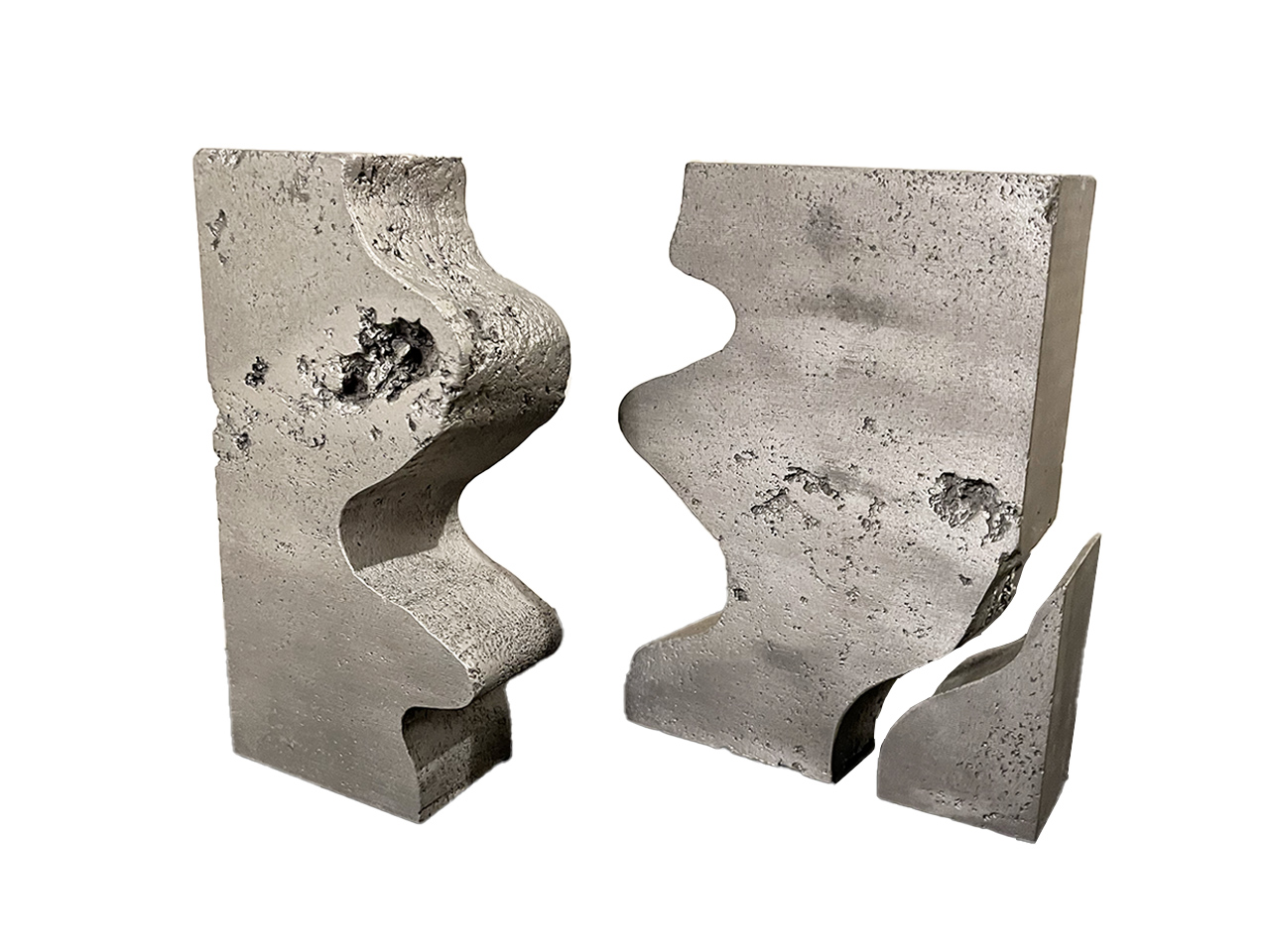
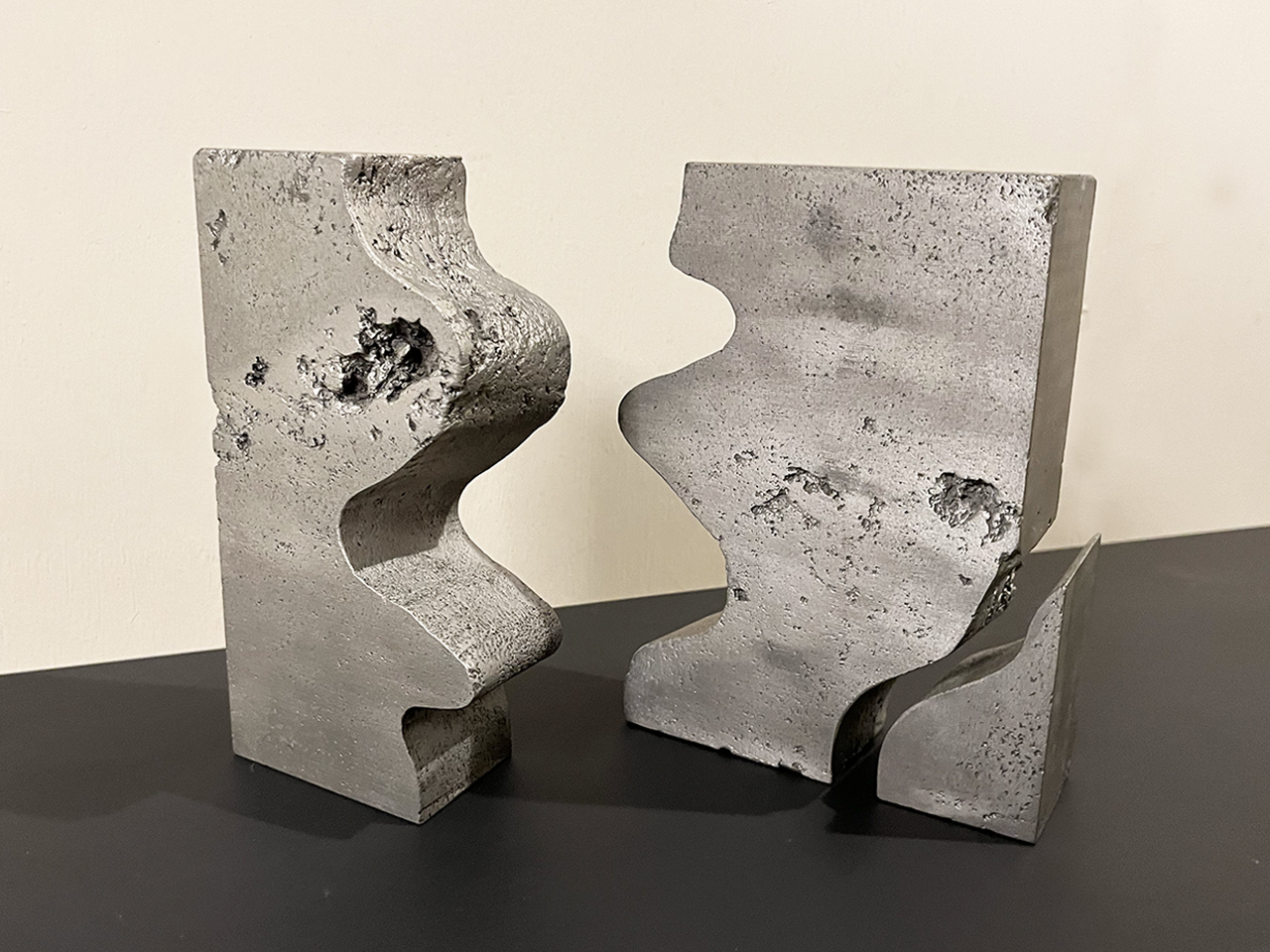
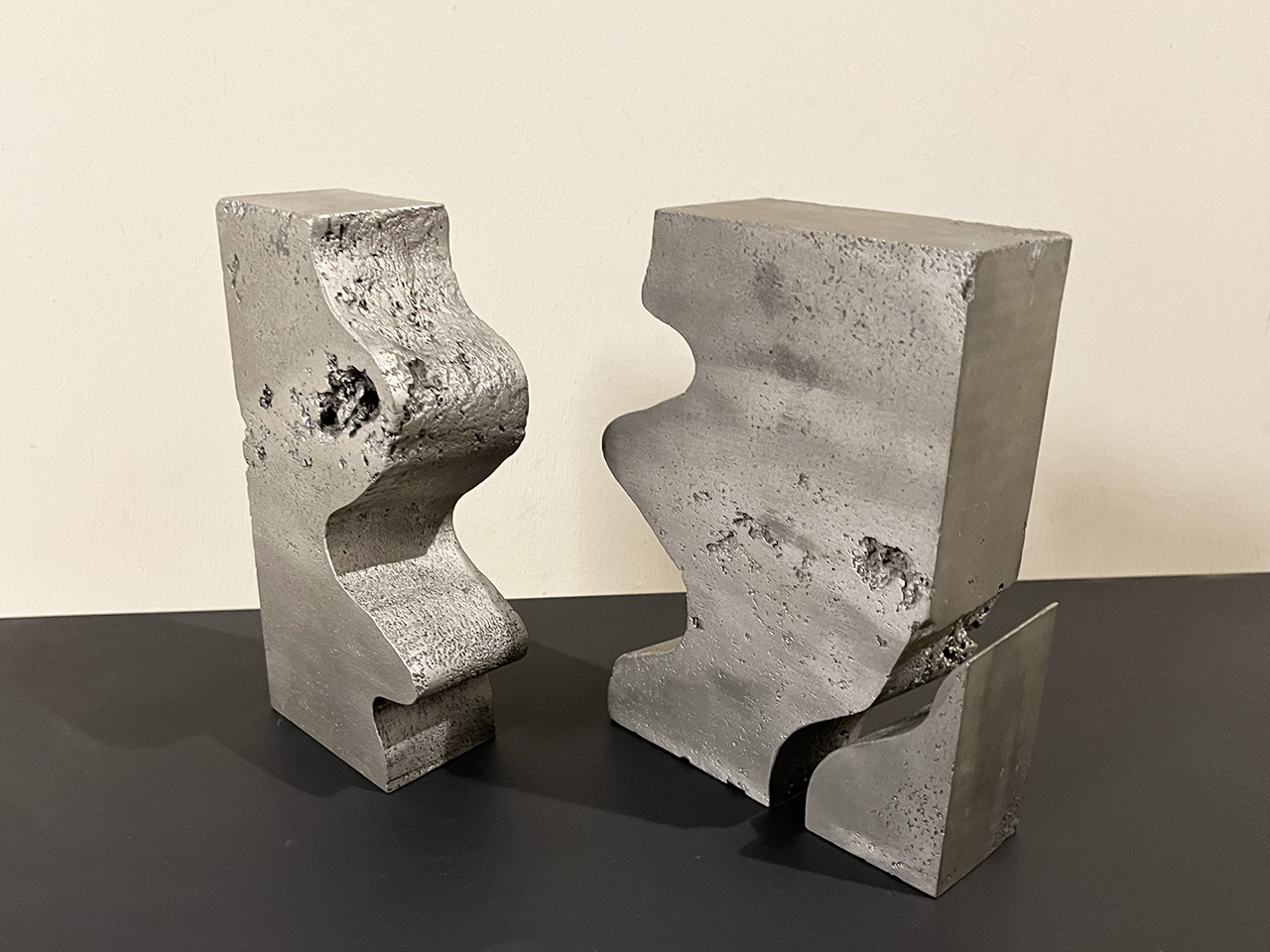


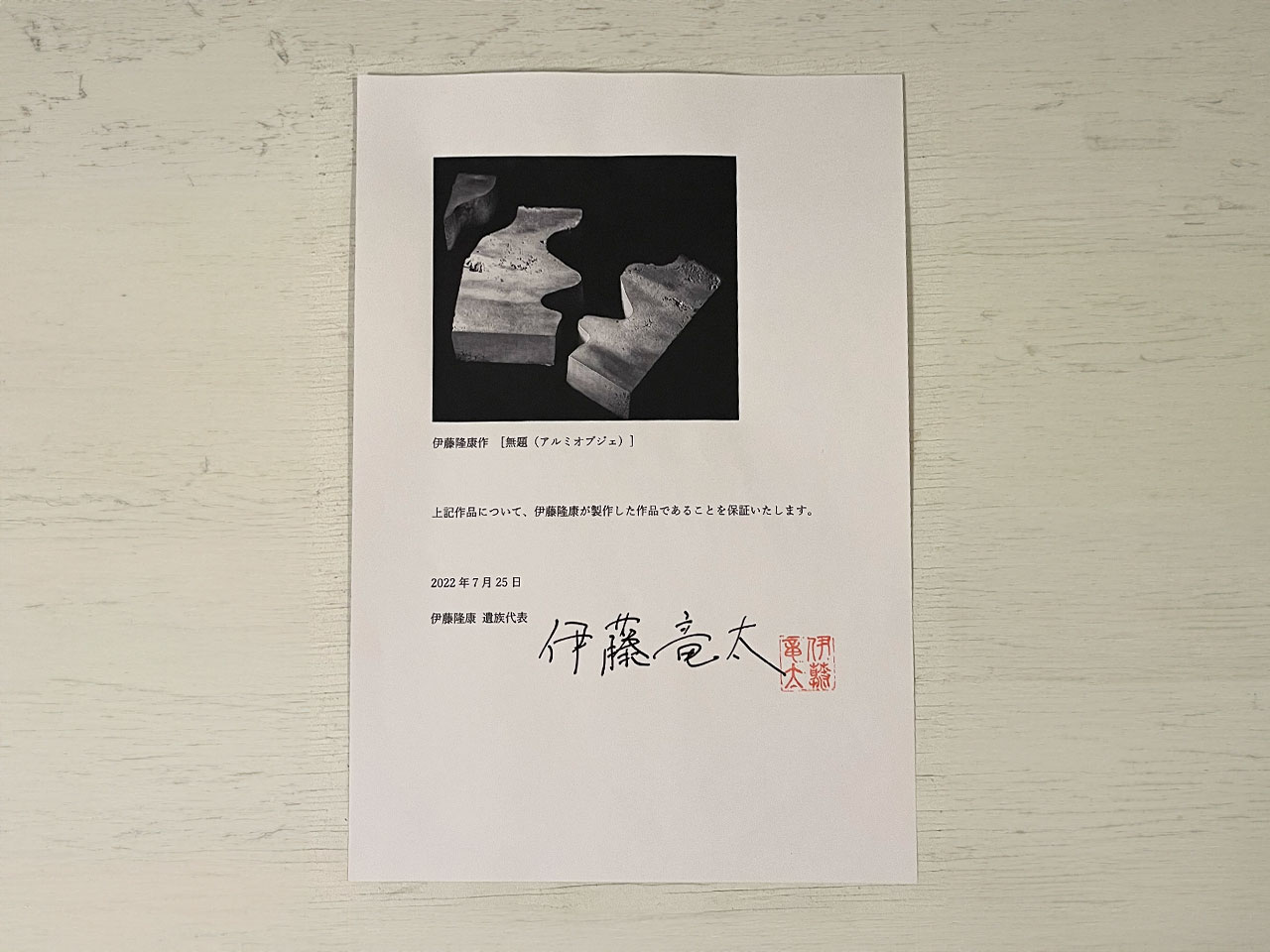
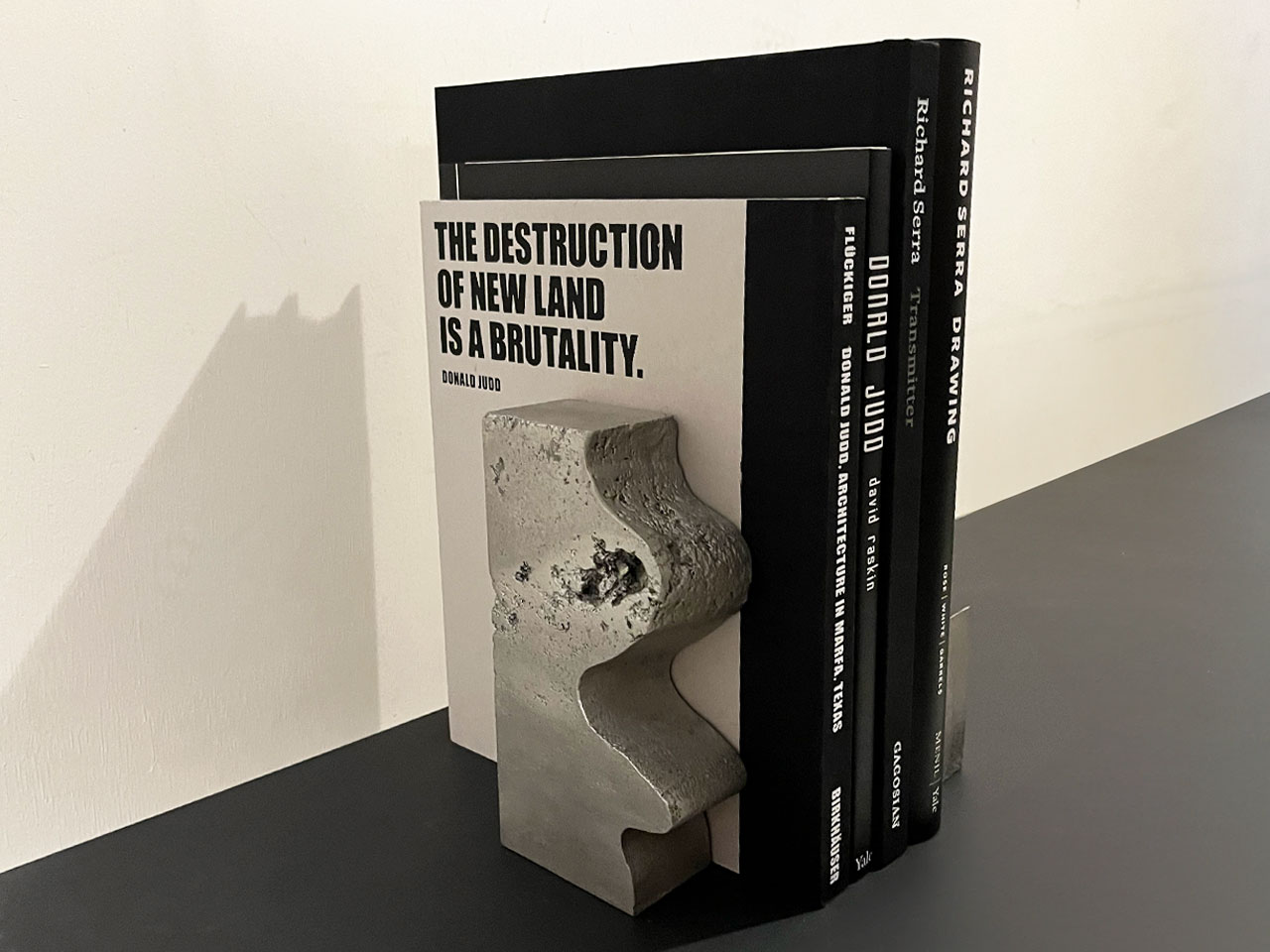
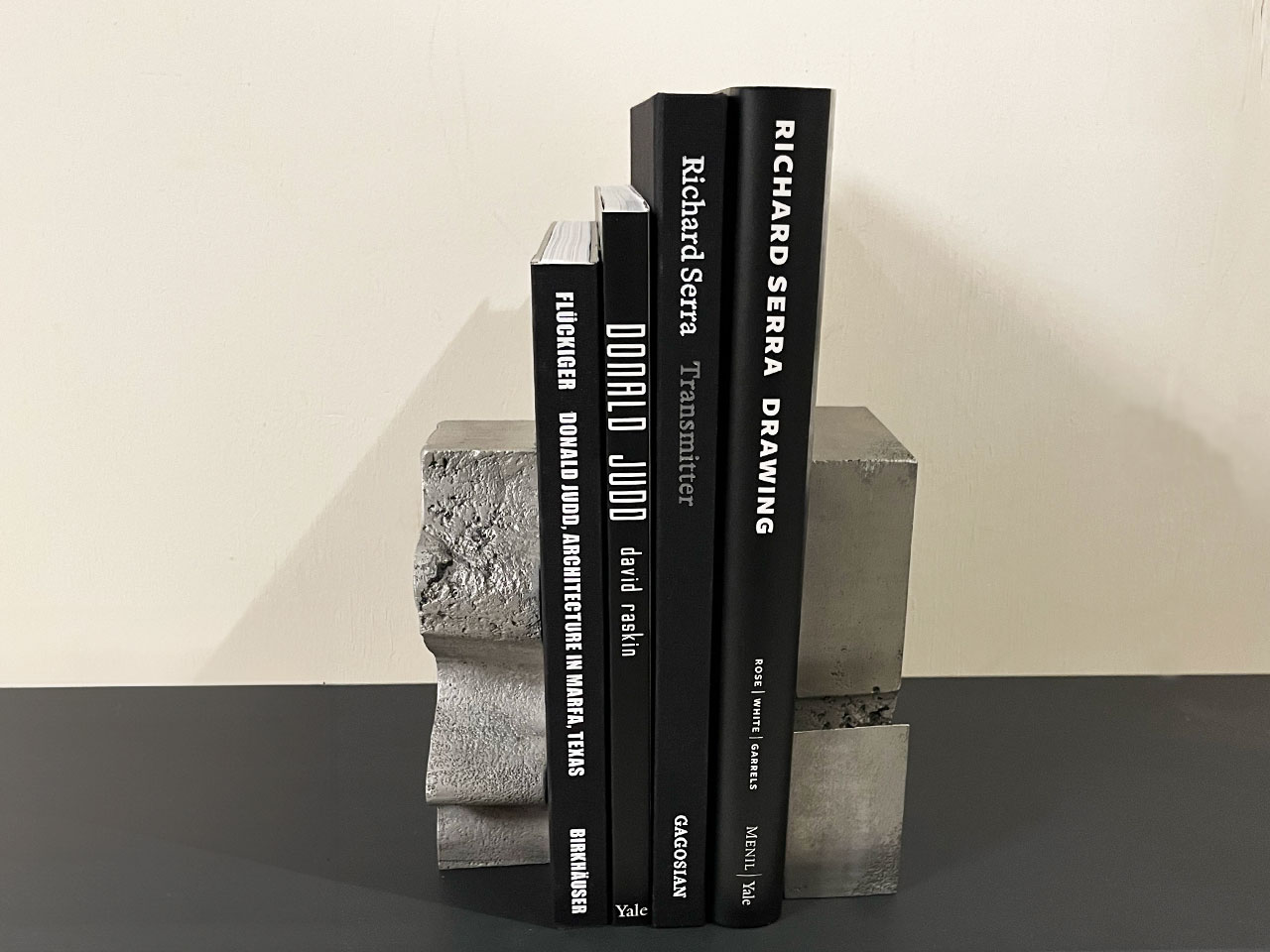
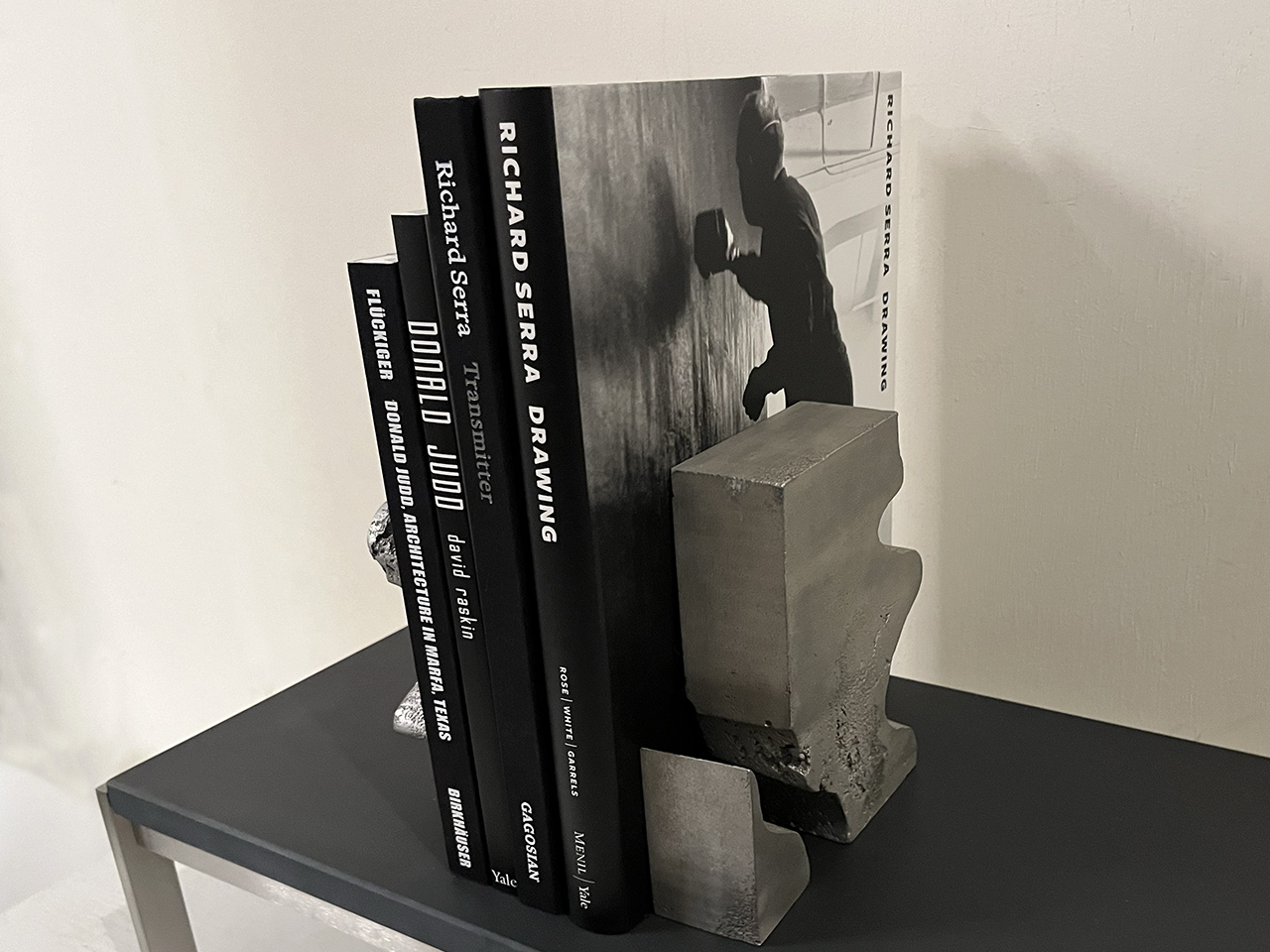
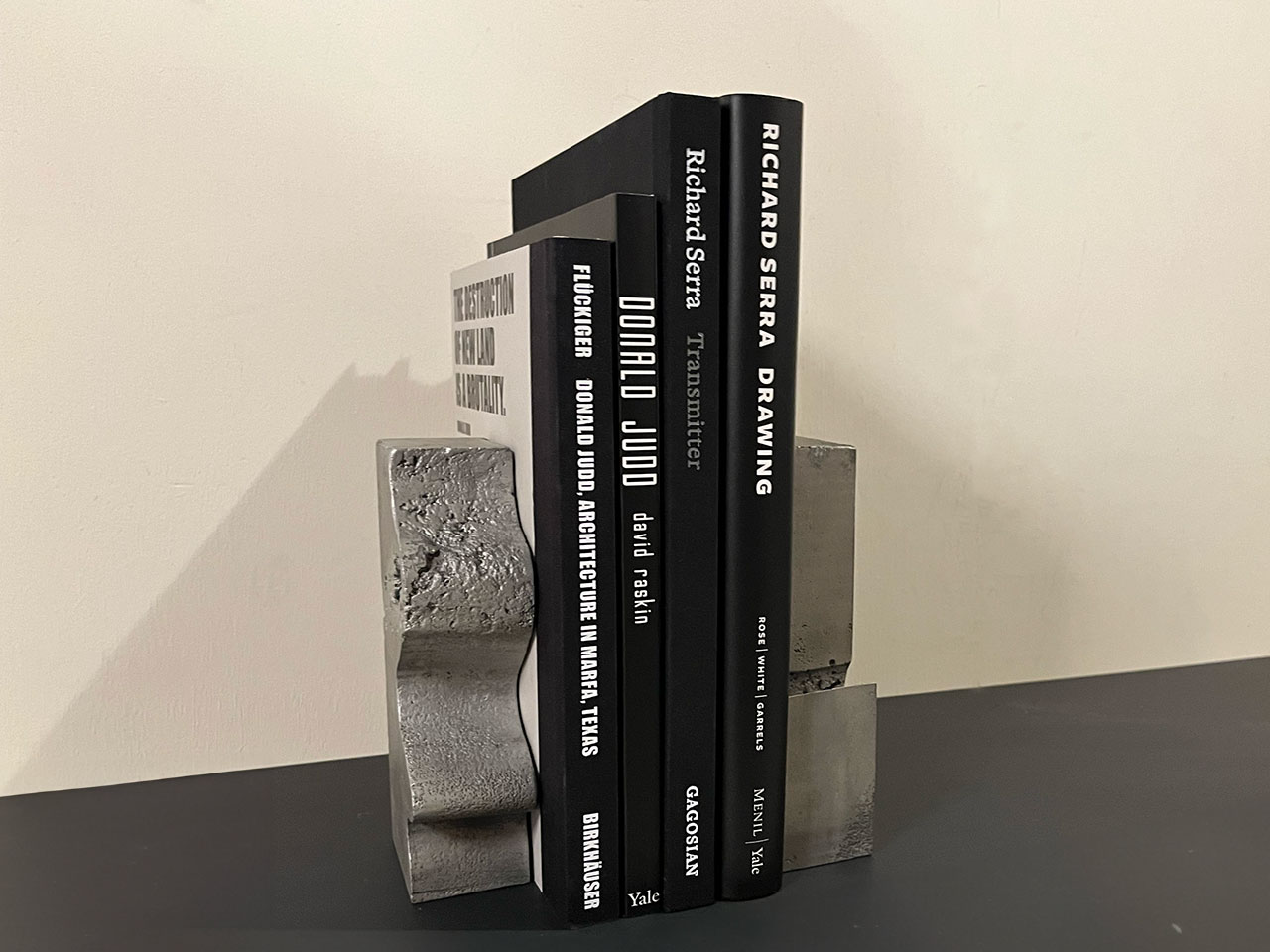
作品名:無題(一対)
サイズ:大:H42.5×21.5cm/小:H27×W12cm
価格:200,000円
価格は税抜き表示です

